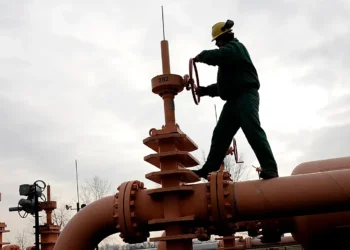On May 19, US President Donald Trump announced that Russia and Ukraine would “immediately” commence ceasefire negotiations following a two-hour phone call with Russian President Vladimir Putin. Trump described the conversation as having gone “very well,” and expressed optimism about ending the ongoing war.
However, the Kremlin tempered expectations, with spokesperson Dmitry Peskov stating that while Russia is open to discussing a peace memorandum with Ukraine, no specific timeline has been established for the talks. Putin emphasized the need to address the “root causes” of the conflict, including Ukraine’s military status and its relationship with NATO.
Ukrainian President Volodymyr Zelensky reiterated Ukraine’s readiness for an unconditional ceasefire and called for increased global pressure on Russia to pursue genuine peace. He also expressed willingness to meet Putin in a neutral location, such as the Vatican, which has offered to host the talks.
While Trump has suggested that the US may step back from its mediating role if progress stalls, he also indicated that sanctions on Russia could be lifted if a peace deal is achieved. European leaders have expressed support for diplomatic efforts but remain cautious about potential concessions that could undermine Ukraine’s sovereignty.
Mid-level talks between Russian and Ukrainian officials have resumed in Istanbul, but significant obstacles remain, including disagreements over territorial concessions and security guarantees. Analysts suggest that Putin may be using the negotiations to buy time and extract further concessions, while the US and its allies continue to evaluate their roles in facilitating a resolution to the conflict.
Image: Reuters














